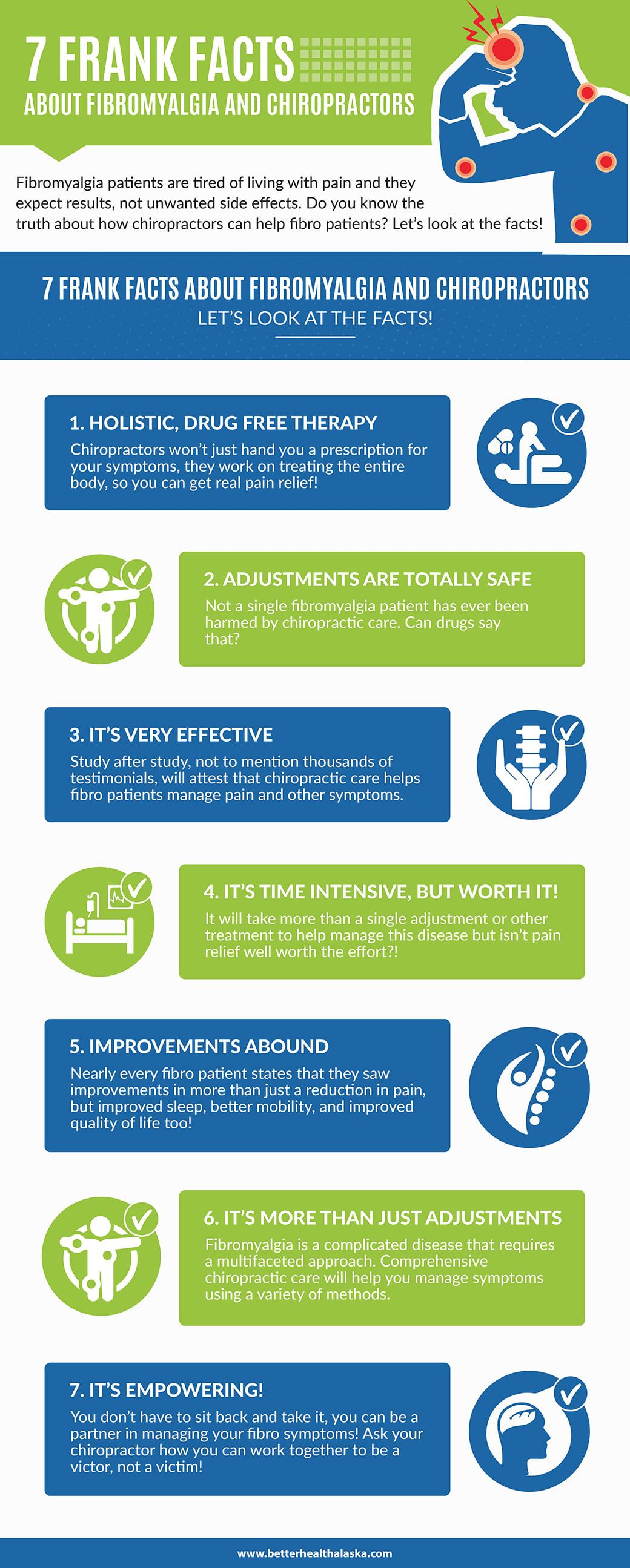Discover Simple And Efficient Techniques To Keep A Satisfied And Healthy And Balanced Back
Discover Simple And Efficient Techniques To Keep A Satisfied And Healthy And Balanced Back
Blog Article
Composed By-Fletcher Thaysen
Maintaining correct posture isn't almost sitting up directly; it's about straightening your body in a manner that supports your spine and reduces the risk of back pain. The means you sit, stand, and move throughout the day can substantially influence your spinal health. However just how precisely can you ensure good placement continually, even during active days full of numerous tasks? Allow's dive deeper into the refined yet impactful modifications you can make to your everyday regimen to keep your back happy and healthy.
Value of Correct Posture
Appropriate pose is crucial in preserving a healthy back and protecting against pain. When you sit or stand with excellent pose, your spine is in placement, reducing strain on your muscles, ligaments, and joints. This placement enables the body to disperse weight evenly, preventing too much anxiety on certain locations that can bring about pain and pain. By keeping your spine effectively lined up, you can likewise improve your breathing and food digestion, as slouching can press organs and limit their capability.
In addition, keeping good stance can boost your general appearance and confidence. When you stand tall with your shoulders back and head held high, you exude self-confidence and appear more approachable. Great stance can also make you feel a lot more energized and alert, as it promotes correct blood circulation and allows your muscle mass to work effectively.
Incorporating proper posture right into your daily regimen, whether resting at a workdesk, walking, or working out, is important for avoiding pain in the back and promoting total well-being. Bear in mind, a little modification in how you hold on your own can make a significant distinction in how you feel and function throughout the day.
Common Postural Mistakes
When it comes to keeping great stance, many individuals unknowingly make typical blunders that can contribute to neck and back pain and pain. One of the most widespread errors is slumping over or hunching over while sitting or standing. This setting places extreme pressure on the spine and can lead to muscular tissue imbalances and discomfort over time.
One more usual mistake is overarching the lower back, which can squash the all-natural contour of the spinal column and cause pain. Furthermore, going across legs while resting might feel comfy, but it can develop an inequality in the hips and pelvis, causing postural problems.
Making https://www.ajc.com/news/investigations/chiropractors-who-peddled-stem-cell-miracles-accused-of-deceptive-practices/WTDIL3Z23VFHLCFZOA4KG4BS44/ of a cushion that's too soft or also solid while resting can likewise influence your placement and add to back pain. Lastly, constantly craning https://josuenduka.anchor-blog.com/11481186/unlocking-the-tricks-a-newbie-s-roadmap-to-understanding-chiropractic-adjustments to check out displays or readjusting your position frequently can stress the neck and shoulders. Being mindful of these typical postural mistakes can assist you preserve far better positioning and minimize the risk of neck and back pain.
Tips for Correcting Placement
To improve your alignment and minimize back pain, it's vital to concentrate on making small adjustments throughout your daily regimen. Start by bearing in mind your stance. When sitting, guarantee your feet are level on the flooring, your back is straight, and your shoulders are kicked back. Stay https://elliothbwqk.theisblog.com/31398020/are-you-looking-for-a-natural-and-non-pharmaceutical-technique-to-boost-your-health-delve-into-the-realm-of-chiropractic-medication-and-unlock-your-body-s-integral-capability-for-vitality-and-optimum-wellness of slouching or leaning to one side. Use ergonomic chairs or paddings to sustain your lower back.
When standing, distribute your weight equally on both feet, keep your knees somewhat curved, and tuck in your pelvis. Involve your core muscular tissues to support your spinal column. Take breaks to extend and walk around if you have an inactive task. Integrate workouts that reinforce your core and back muscles, such as planks or bridges.
While resting, utilize a pillow that supports the natural curve of your neck to keep appropriate spine alignment. Prevent sleeping on your stomach, as it can stress your neck and back. By bearing in mind these suggestions and making small adjustments, you can progressively correct your positioning and reduce neck and back pain.
Conclusion
Bear in mind, keeping good position is crucial to preventing pain in the back and promoting spinal wellness. By bearing in mind your placement, distributing weight uniformly, and involving your core muscle mass, you can minimize strain on your back and minimize the threat of pain and injury. Integrate ergonomic assistance, take normal breaks to stretch, and strengthen your core and back muscle mass to preserve correct positioning throughout the day. Your back will thank you for it!
